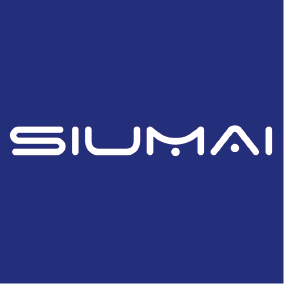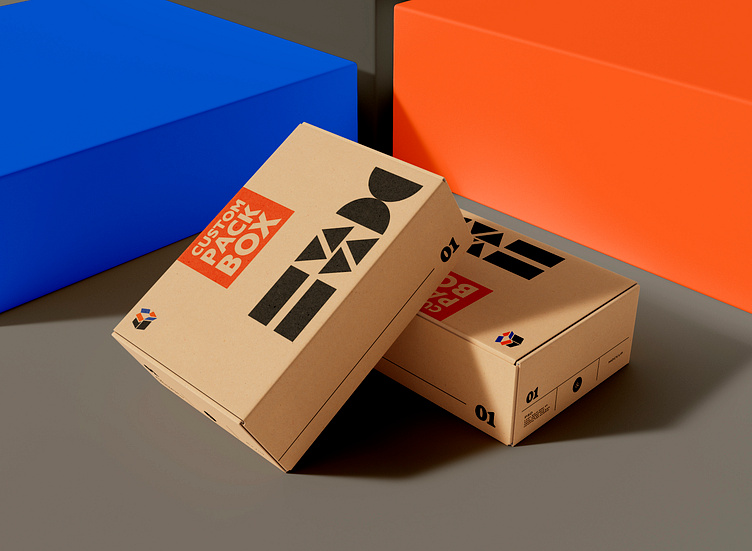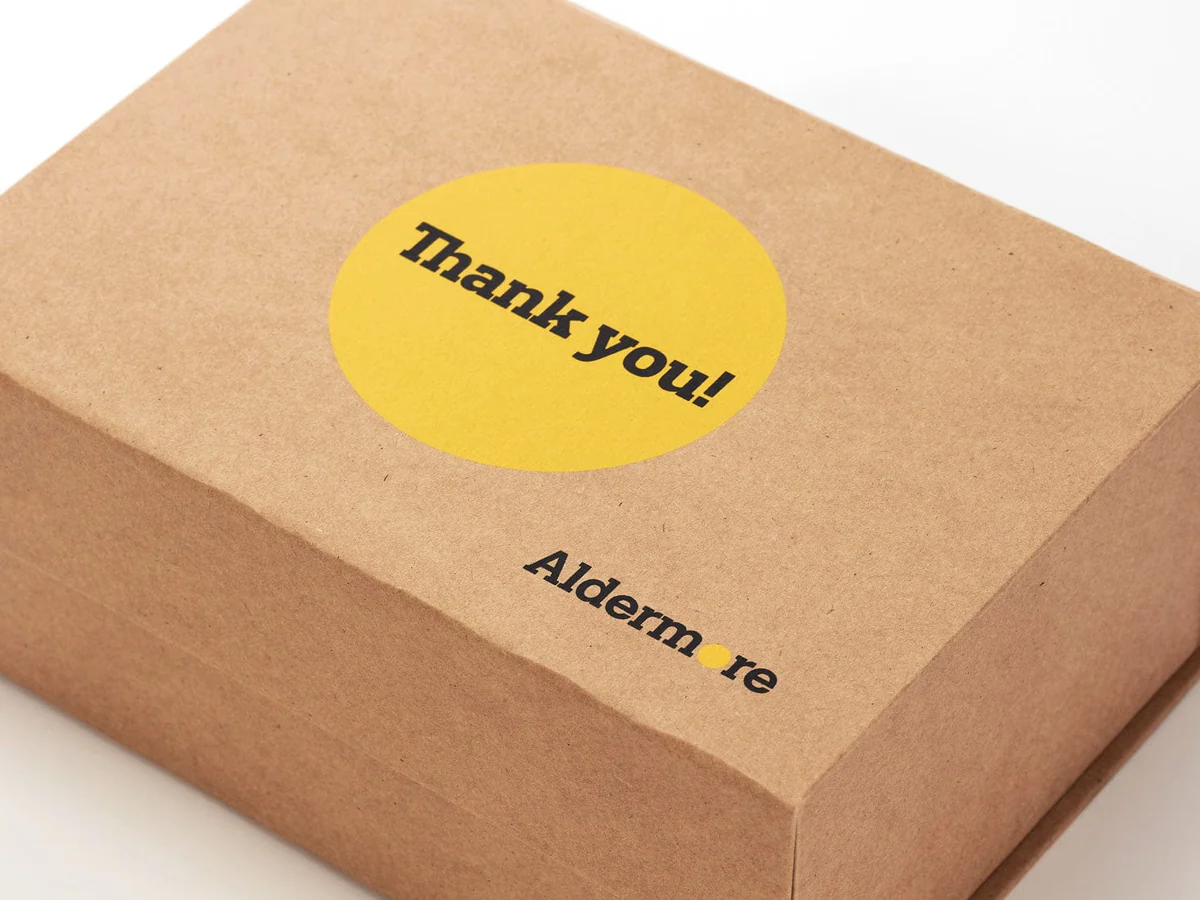EU Ecolabel and its application in printed products
The EU Ecolabel is a certification established by the European Union to encourage environmentally friendly products and services. Its goal is to promote green consumption and production by providing consumers with reliable environmental information.
The EU Ecolabel, also known as the "Flower Mark" or "European Flower", makes it easy for people to know whether a product or service is both environmentally friendly and of good quality. The ecolabel is easy to identify and reliable.
To qualify for the EU Ecolabel, a product must comply with a set of strict environmental standards. These environmental standards take into account the entire life cycle of a product, from the extraction of raw materials, to production, packaging and transportation, to consumer use and post-use recycling.
In Europe, ecolabels have been awarded to thousands of products. For example, they include soaps and shampoos, baby clothes, paints and varnishes, electronic products and furniture, and services provided by hotels and campsites.
The EU ecolabel tells you the following:
• The textiles you buy do not contain heavy metals, formaldehyde, azo dyes and other dyes that may cause cancer, mutagenesis or damage fertility.
• The shoes do not contain any cadmium or lead and exclude substances that are harmful to the environment and health during production.
• Soaps, shampoos and conditioners meet strict requirements on the limit values of hazardous substances.
• Paints and varnishes do not contain heavy metals, carcinogens or toxic substances.
• The use of hazardous substances in the manufacture of electronic products is minimized.
The following is the application of the EU Ecolabel in printed products:
1. Standards and requirements
Materials: Use environmentally friendly materials such as recyclable paper and non-toxic ink.
Energy efficiency: Use energy-saving technology in the printing process to reduce energy consumption.
Waste management: Effectively manage and reduce waste, ensure the correct disposal and recycling of waste.
Chemicals: Limit the use of harmful chemicals and adopt environmentally friendly alternatives.
2. Certification process
Application: Printing plants or product manufacturers need to submit applications and provide relevant evidence to prove that they meet the standards of the EU Ecolabel.
Evaluation: A third-party organization evaluates the application to ensure that it meets all requirements.
Certification: After passing the evaluation, the product can obtain the EU Ecolabel and use the label on the packaging or product.
3. Application in printed products
Books and magazines: Print with environmentally friendly paper and ink to ensure that the entire production process meets environmental standards.
Packaging materials: Such as cartons, paper bags, etc., use recyclable materials and environmentally friendly printing processes.
Promotional materials: Brochures, flyers and other printed materials of companies and institutions are made of environmentally friendly materials.
4. Advantages
Market competitiveness: Products that have obtained the EU Ecolabel are more competitive in the market and can attract consumers who are concerned about environmental protection.
Brand image: It helps to enhance the brand's green image and demonstrate the company's efforts in environmental protection.
Environmental protection contribution: Reduce environmental pollution and resource consumption, and promote sustainable development.
5. Challenges
Cost: Complying with the EU Ecolabel standards may increase production costs, but in the long run, the market demand for environmentally friendly products will increase and bring more benefits.
Technical requirements: Production technology and management methods need to be continuously improved to meet increasingly stringent environmental standards.

The EU Ecolabel is the official voluntary label used by the European Union to indicate "environmental excellence". The EU Ecolabel system was established in 1992 and is widely recognized in Europe and around the world.
Products certified with the Ecolabel guarantee an independently verified low environmental impact. To qualify for the EU Ecolabel, the goods sold and services provided must meet high environmental standards throughout their entire life cycle, from raw material extraction to production, sales and disposal. Ecolabels also encourage companies to develop innovative products that are durable, easy to repair and recyclable.
• Through the EU Ecolabel, industry can offer real and reliable environmentally friendly alternatives to traditional products, enabling consumers to make informed choices and play an active role in the green transition.
• The selection and promotion of EU Ecolabel products makes a real contribution to the biggest environmental challenges currently identified by the European Green Deal, such as achieving climate "carbon neutrality" by 2050, moving to a circular economy and achieving zero pollution ambitions for a toxic-free environment.
• On March 23, 2022, the EU Ecolabel will be 30 years old. To celebrate this milestone, the EU Ecolabel is launching a special Showroom on Wheels. The Special Showroom on Wheels will showcase certified ecolabel products in Europe and share the label brands’ mission to achieve a circular economy and zero pollution.
WHATSAPP: +1 (412) 378‑6294
EMAIL: admin@siumaipackaging.com
Post time: Jul-01-2024







